Rely on services that employ natural ingredients to keep deer at bay.
Experience the delight of nurturing a garden landscape with plants that deer prefer to avoid.
Enjoy the freedom to choose your favorite plants, knowing that deer will pass them by.
Rely on services that employ natural ingredients to keep deer at bay.
Experience the delight of nurturing a garden landscape with plants that deer prefer to avoid.
Enjoy the freedom to choose your favorite plants, knowing that deer will pass them by.
Have you ever wondered if deer are selective about the plants they eat? Well, the answer is yes! Deer, as herbivores, primarily graze on a variety of vegetation, including flowers, vegetables, shrubs, and vines.
However, when it comes to their plant preferences, deer tend to favor tender, broad-leaved species. They typically steer clear of plants with a strong aroma or fuzzy leaves and petals. So, while they are not overly picky eaters, deer do exhibit certain preferences in their plant-based diet.
There are myriad varieties and species of plants to choose from. Learning about these plants will inform your decision making.
Here are the broad categories to consider:
Check these examples down below. Who knows, you might have some of their favorites in your garden!
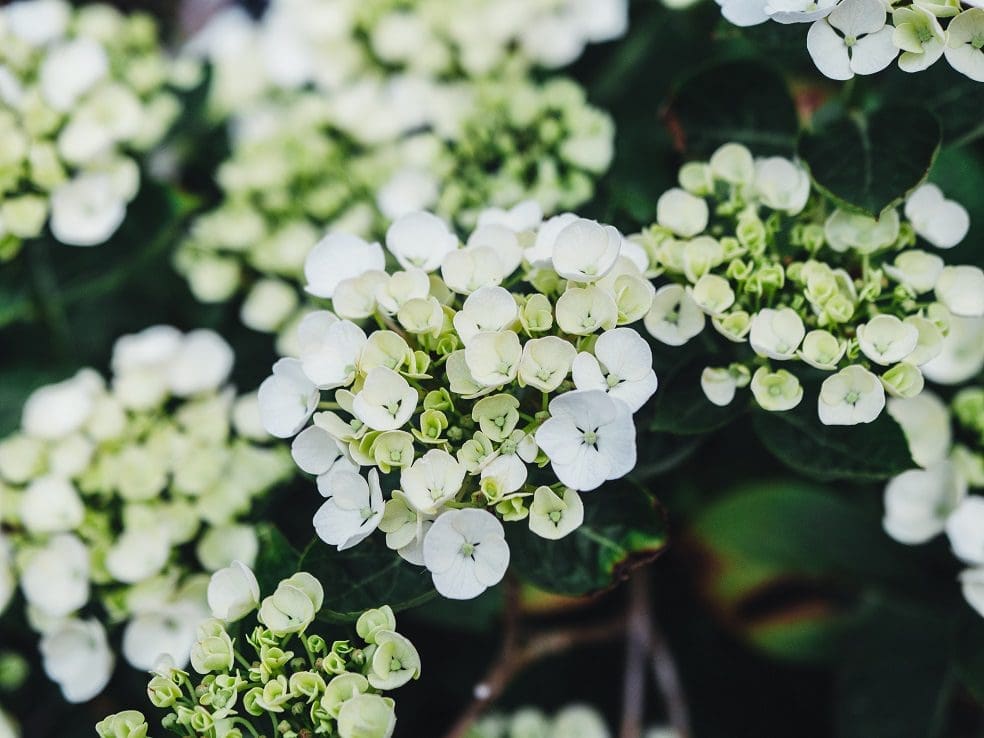
Annual plants complete their life cycle in one growing season. Deer often love annuals because they offer a fresh, tender source of foliage and flowers, making them attractive targets in gardens.
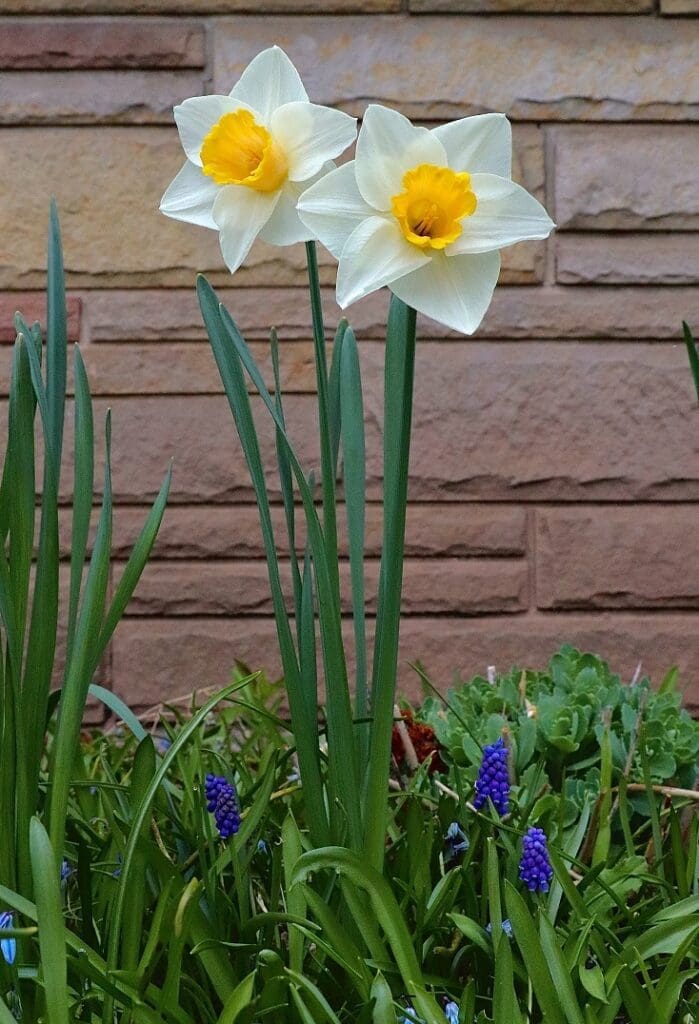
Bulbous plants like tulips and lilies store energy in their underground bulbs. Deer are drawn to these plants, especially when they start sprouting, as the new growth is tender and appetizing to them.
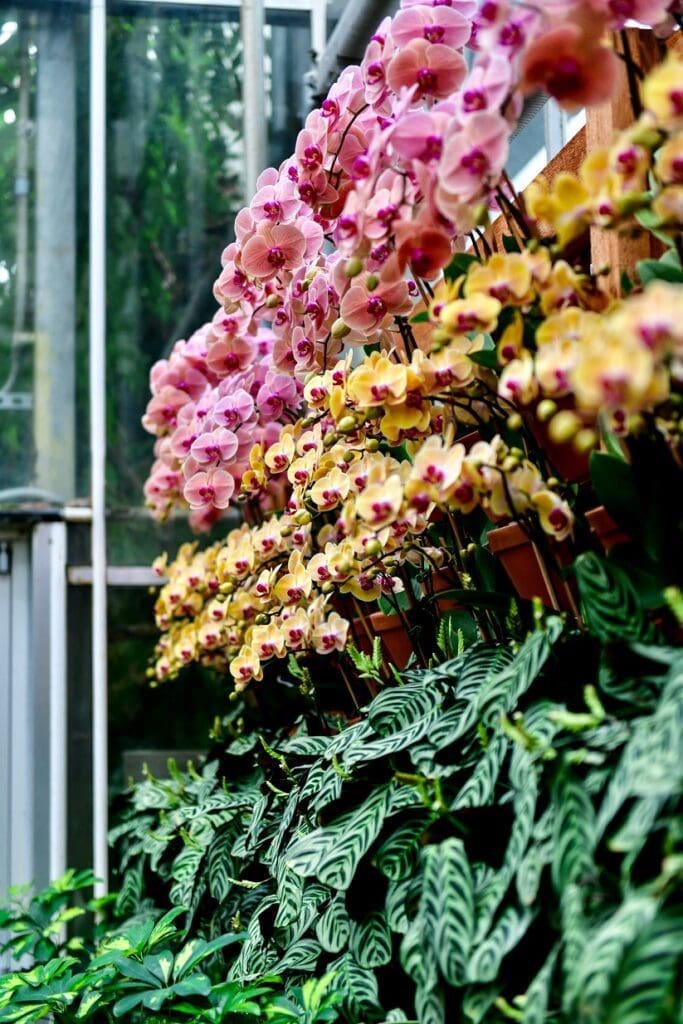
Orchids are prized for their exotic and often fragrant flowers. While not a typical deer favorite, in areas with high deer populations, they may nibble on orchid blooms and leaves, especially if other food sources are scarce.
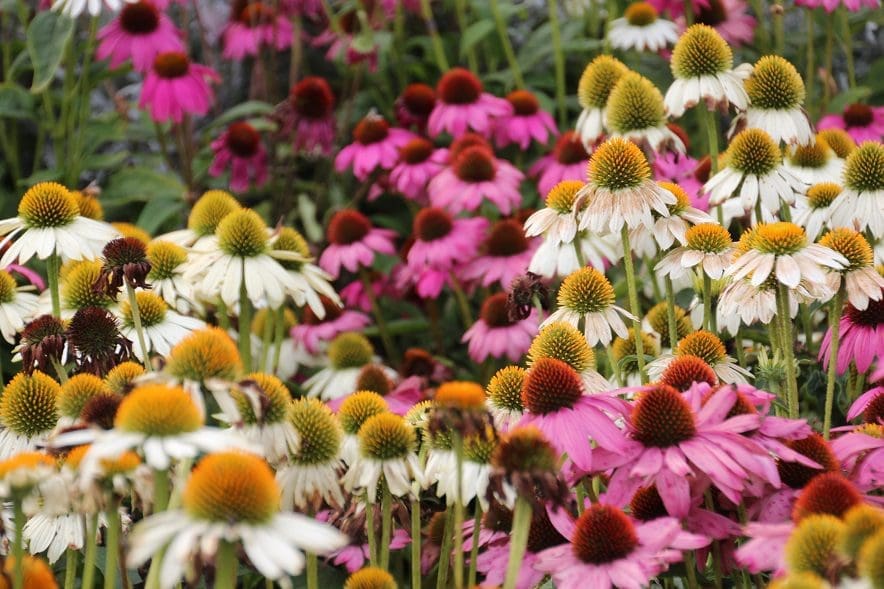
Perennial plants come back year after year. While some perennials have characteristics that make them less appealing to deer, others may still be vulnerable to deer browsing, particularly in regions with heavy deer activity.
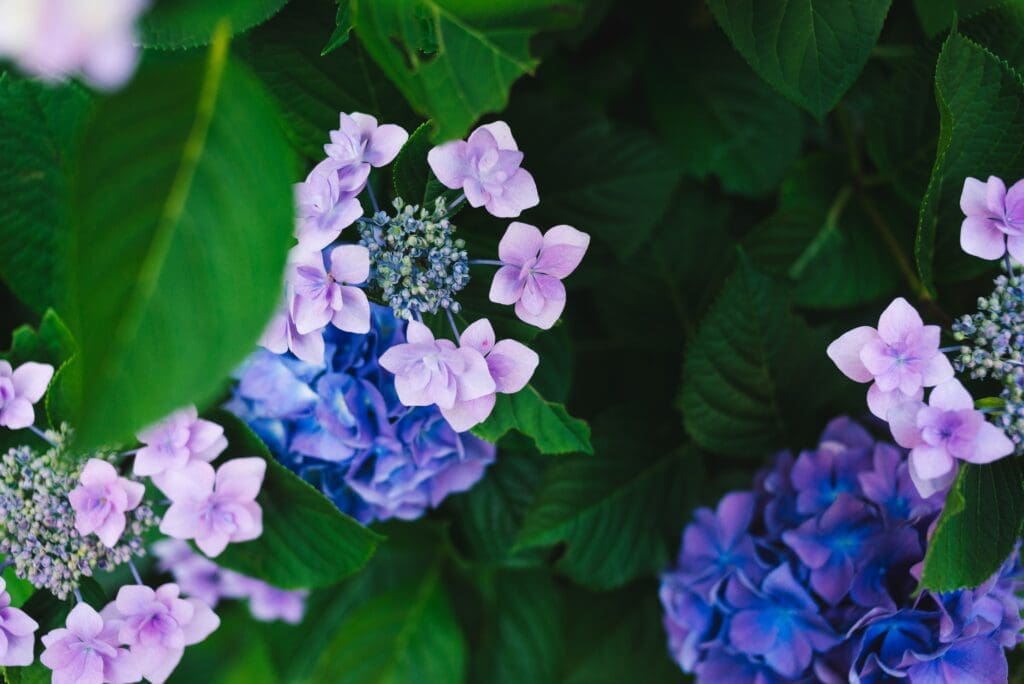
Many shrubs, especially those with lush foliage or berries, are preferred by deer. They provide both cover and a year-round source of food, making them frequent targets for deer browsing.
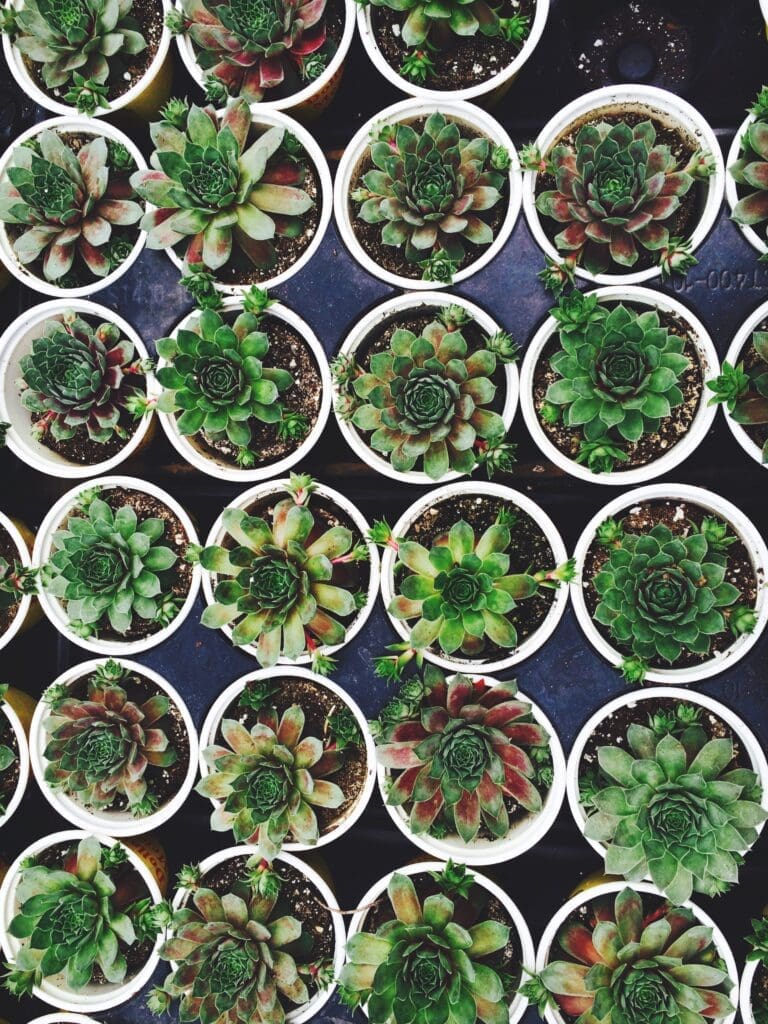
Succulents are known for their water-storing leaves and fleshy stems. While deer typically avoid these plants due to their thick, sometimes bitter-tasting leaves, hungry deer may sample succulents if other food options are scarce.
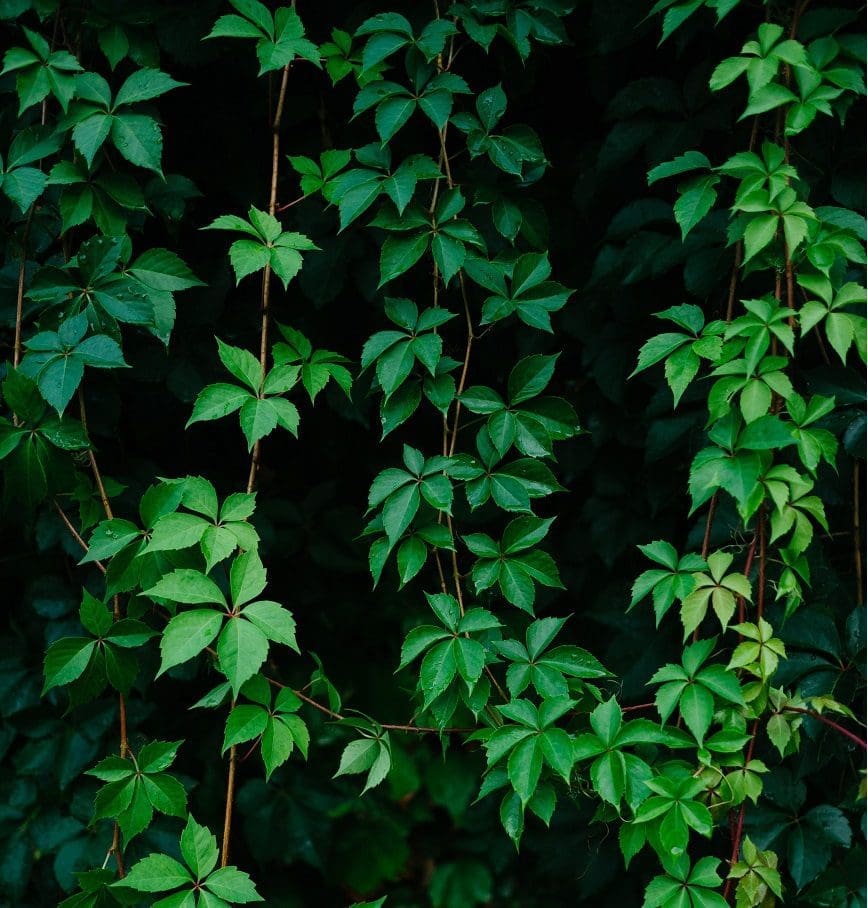
Deer often favor vines, particularly those with abundant foliage or berries. Vines offer deer both concealment and a consistent food supply throughout the year, making them a common choice for deer to browse
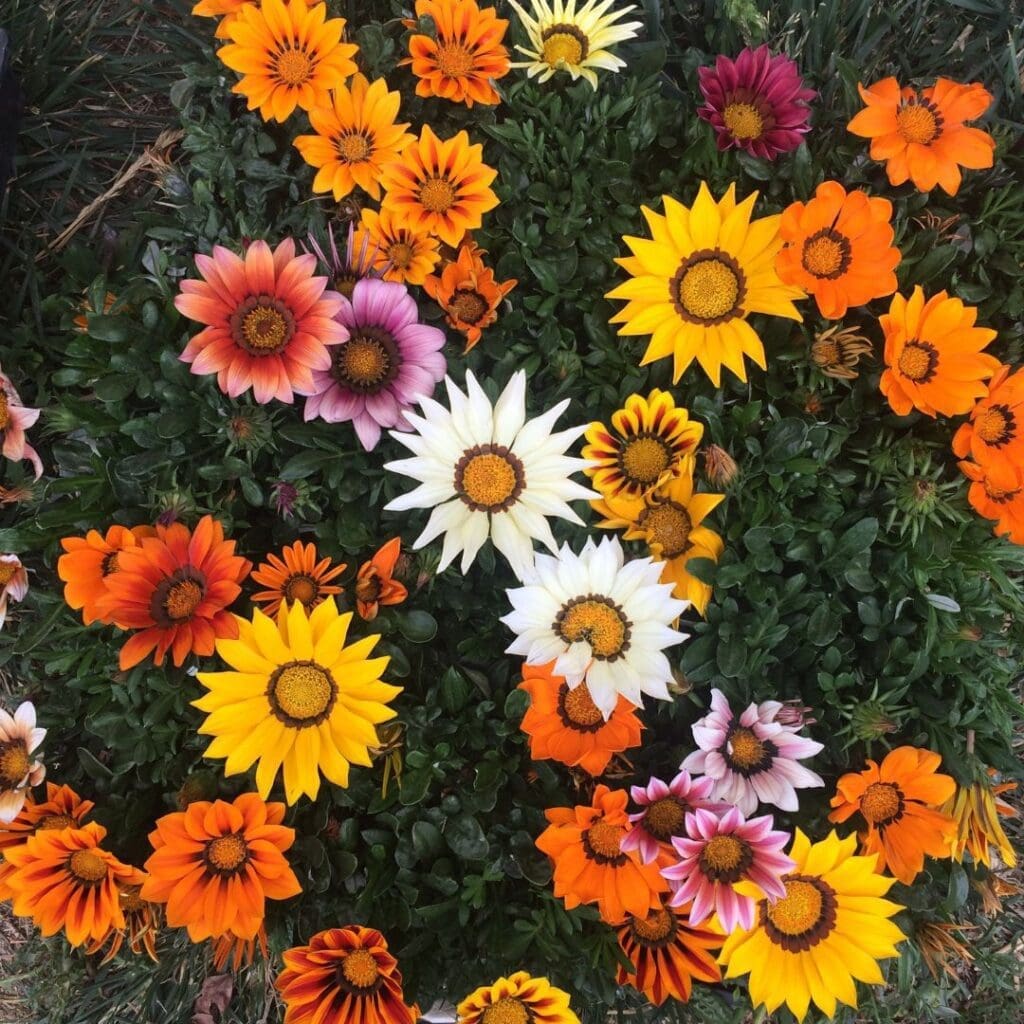
Flowers, like vines for deer, are vital for pollinators. They provide nectar and pollen as a consistent food source, aid in plant reproduction through pollination, and offer shelter to insects with their diverse structures, benefiting both wildlife and plant ecosystems.
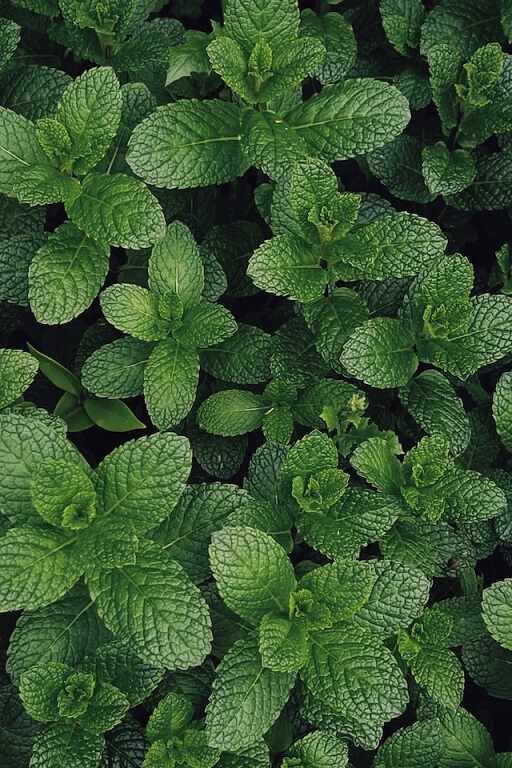
Herbs, like nature’s cure, are vital for ecosystems. They provide essential sustenance for pollinators, offering nectar and pollen, aiding in plant reproduction. Their diverse structures offer shelter to insects, benefiting both wildlife and plant ecosystems.
Take action now and prevent deer damage to your plants. Choose the natural option of spray on deer repellent that will not affect your plant’s growth.

Copyright © 2025 Deer Solution ® – Repellent Service. All rights reserved.
Each Deer Solution location is Independently Owned and Operated.
Use of this website, an account, or any services are subject to our Terms of Use Policy, Account Terms and Conditions, & Consumer and Program Information.
Any promotion offered is: Limit of one per person, Limit of one per property, Current service areas only, In-person consultation
required, and may require signing up for service.
Please contact our office for additional information on promotions: 888-503-8313